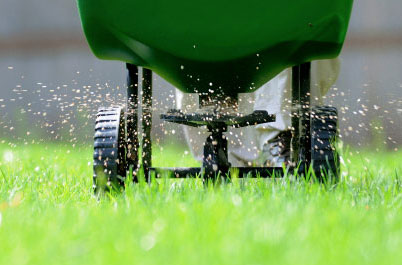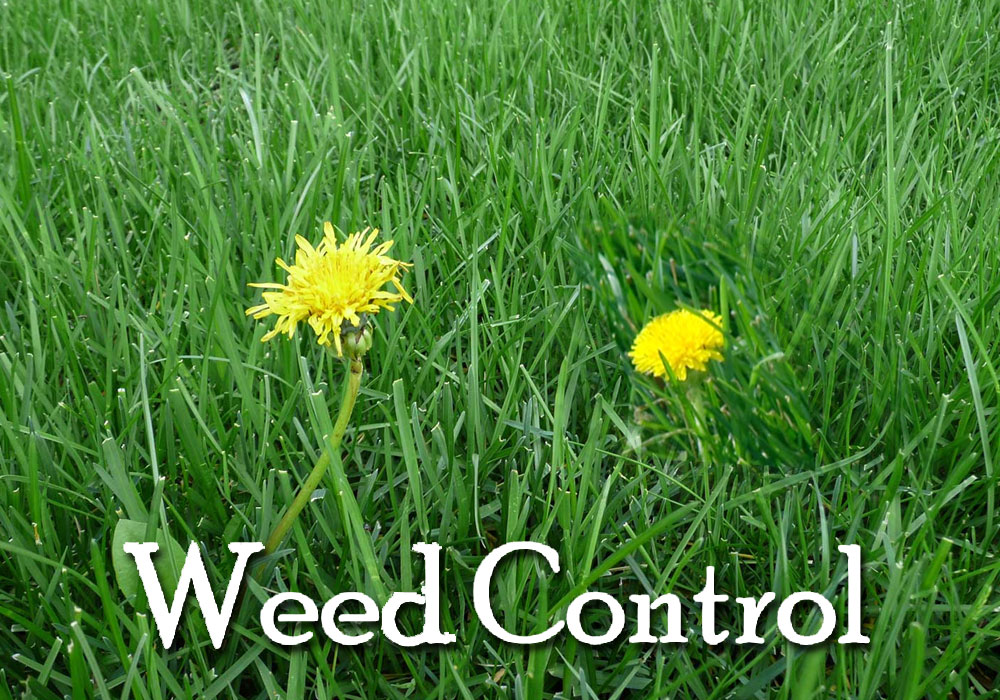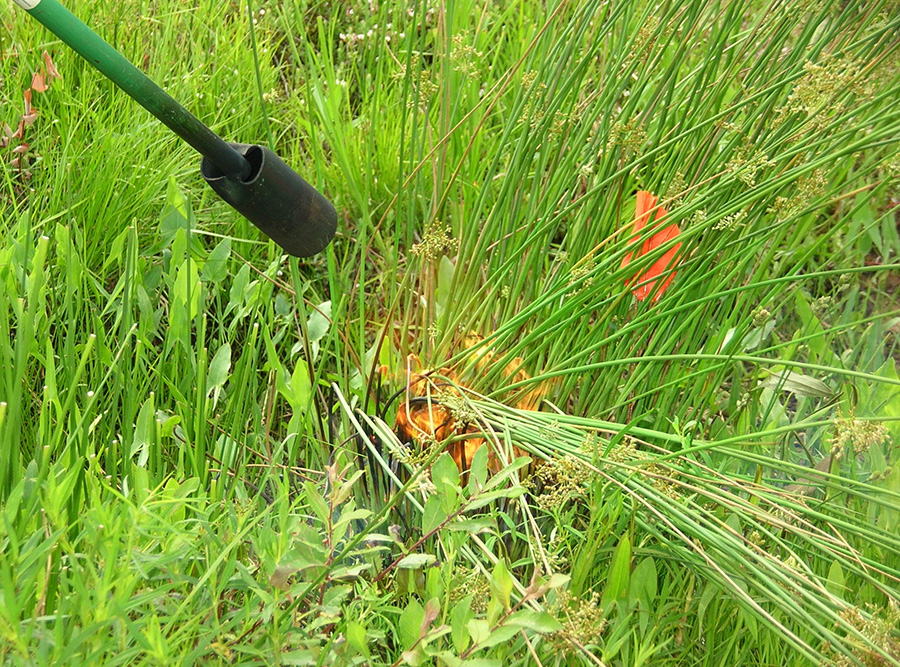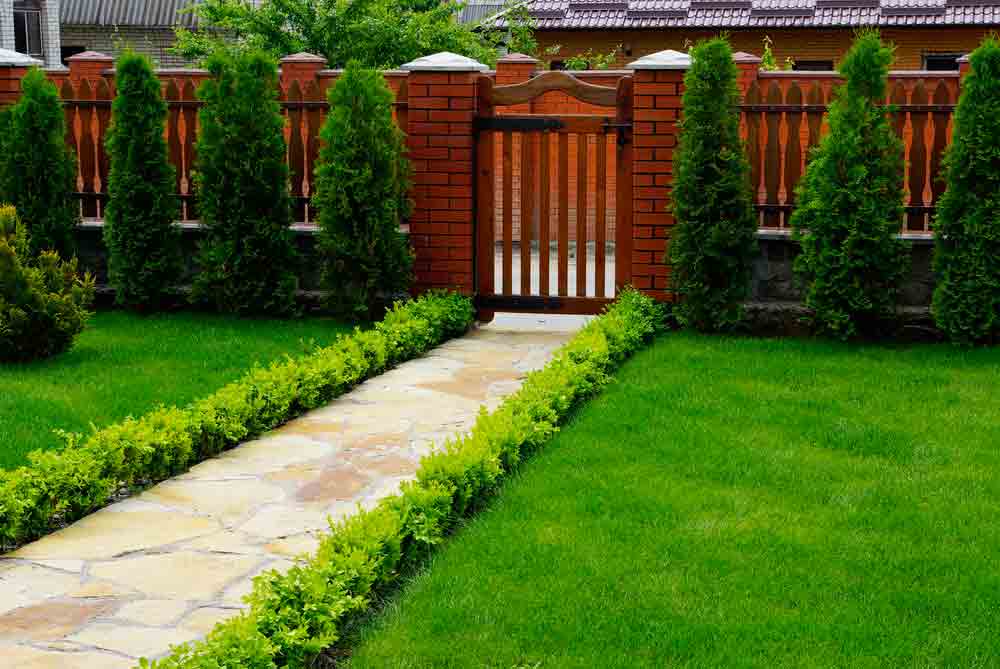- Best (CHO) Macro and Micro Nutrient Fertilizers Used
- Least Toxic and Organic Programs Available
- Field Technicians Compensated for results not revenue volume
- Written Guaranteed Results
- Fertilizers custom blended for Long Island soils
- Various Fertilizer formulations for best seasonal results
- Our focus is based on timely Weed Prevention, control is Secondary
- We all full service irrigation services as well
Our Fertilizer and Methods
All of our fertilizers are of a top grade premium quality. There are so many different types of fertilizers. We choose to use a polymer sulfur urea coated blend when we do synthetic fertilizers. It extends the sustainability of the greening effect for many weeks. We do always try and use the least toxic methods and products available. We try to use, encourage and default to organic materials whenever and wherever possible. As a normal course of order we offer a fully organic lawn care program for those who are looking to keep some level of control of weeds and crabgrass through keeping the lawn thick and green, therefore crowding out the weeds to the degree possible with-out the use of synthetic herbicides. We also practice something called IPM (Integrated Pest Management) with our insect control measures. What this simply means is that we use as little traditional chemical products as possible and only on those specific plants or small areas that require it. We also try and practice it with our weed control applications and practices as well when it comes to synthetic/traditional weed control. This method prevents us broadcast spraying the entire lawn or property with chemical or petroleum synthetic herbicides and pesticides. We like to really thicken up the grass plant which in turn will crowd out the invading weed variety.
Our fertilizers are time released for the best absorption timing into the root system and to achieve the best long term sustained greening results. At certain times of the year we will combine our fertilizers and weed control because several things are happening at the same time. Your lawn needs fertilizer/nutrients and the weeds are beginning to germinate and spread. The weather really dictates what happens. We are always on top of the weather and the yearly weed trends that are developing and make our adjustments in a timely fashion.
Best Time to Kill Weeds/Types of Lawn Weeds
All lawn weeds such as clover, crabgrass, dandelions and most others way to control and cause a difficult challenge to our desire to grow decent grass Some weeds are always going to come back and are just a fact of having a lawn here in the northeast. If you are not able to keep up on all the weeds problems popping up, we can help. Weeds are always looking for opportunity and a place to germinate in thin grass or bare spots. They will quickly move into any known bare or thin areas of turf. The best option is always stopping the weed for germinating in the first place. When grass plants start to grows first though, the weeds have no place to go and they will not start in the first place. The best defense against lawn weeds is a strong lawn offense.
Heading Off All Your Weeds and Troubles
If you can get a good thick area of turf grass growing, that will solve your weed problems faster than anything else. When the lawn is thin or you have bare spots, we will overseed it with our premium custom Long Island blended grass seed. Our hand selected grass seed are all disease, drought and insect resistant. They are a N.T.E.P. rated variety and a species that is specifically made for the Long Island environment zone and use. All our grass blends have the lowest weed seed ratings available. This will ensure we are not introducing a weed problem into the turf.
The Springtime and very late summer to early fall is is the best time for us to seed the lawn. We will also add new seed each and every year until the lawn is nice and thick. Our grass seed will germinate on bare spots when it is very lightly raked into the soil surface by your landscaper. It is important to keep watering the lawn and do your part. Lawn care is a partnership, and you and the landscaper have certain responsibilities to make the lawn it best. The grass will only be as good as the soil it is planted in. Before we attempt anything g on the lawn , we must first test it to get a starting point. Part of this test will include that the soil is at the optimal acidity level (close to 7.0 on the pH scale) and we will also test for all necessary essential nutrients. In the fall we will do a core aeration to reduce the level of compacted soil. This is very common where there is a lot of foot traffic or you have a dog run, or a pathway etc. It is important to remember that weeds can survive in compacted soil much easier than quality grass, so we need to compensate by doing periodic core aerations and seeding applications.
When I mentioned that this is a team effort including your landscaper, one of his most important weed-fighting methods is to cut your grass as high as possible — at least 2-3 inches, the higher the better. The problem becomes that landscapers in general do not like to cut high because they have to come back more often. You have to make sure the landscaper s cutting high and not scalping the lawn. Scalping too short burns the lawn and causes stress and disease. A higher kept grass is also much better for the turf, in that the plant does not need to keep spending nutrients and energy to growing the grass blade and can focus on root development. The taller grass blades will create shade to crowd out the weeds. The longer grass blade also means that the plant produces more chlorophyll, which in turn will be used for more food to grow the roots nice and deep for drought tolerance etc.
We will also monitor during the season your turf for bugs and any disease and fungus problems that may arise. We need to treat BEFORE the weeds, disease and fungus appear is always the better approach. All of our seed blends have been bred for Long Island soils and are bug and disease resistance.
Finally, a note about your watering efforts. When you water your lawn, make sure to do it deeply for longer periods and less often instead of shallow and more frequently. Water the lawn enough so that your soil is wet/damp down to a depth of 5 to 6 inches. This will encourage the roots to grow deep to get the water instead of growing to the surface and causing a thatch problem. Grass roots at the surface also will get burned and cause all kinds of other problems.
Weed Control
Sometimes weeds can show up anyway? This happens due to landscapers bringing weed seeds onto the property from their lawn mower shrouds not being cleaned, birds, or various wind conditions and to top it off, most grass seed contains some level of weed seeds right in the bag. Before we treat for any weeds or spot spray by backpack, we always identify the weed variety first, then we select the proper treatment product. The type of weeds we find and are trying to eradicate will help determine what product we use and when we will use it.
There two basic types of weeds. There are annuals (die off every year) and perennials ( come back year after year). There are also a few weeds that go more than one year and then die off, but we will stick to just annual weeds for now Annual weeds have a one year life cycle fro germination to creating seeds for next year all occurs in one years’ time. Perennial weeds set seed in the form of root runners along the surface. Perennials keep coming back unless we take some form of action.
Some very common examples of annual lawn weeds are: Goose grass, Crabgrass, Fox tail, annual bluegrass, Barnyard Grass, Black Medic, Prostrate Spurge, Chickweed, Purslane, Cornmon Speedwell, Henbit and Fennel.
Some very common Long Island examples of the perennial lawn weed types: Clover, Orchard grass, Dandelion, Nimblewill, Quackgrass, Wild Garlic, Knutsedge, creeping speedwell, Plaintain , Ground ivy, yellow woodsorrel, wild Violets and Hawksweed. All of these will wreak havoc on your lawn.
If you need help identifying more weeds, you can vi sit Rutgers University’s New Jersey Weed Gallery at www.rce.rutgers.edu/weeds or Purdue University’s weed-identification pages. Let us know if you find something on the lawn unmentioned here.
















